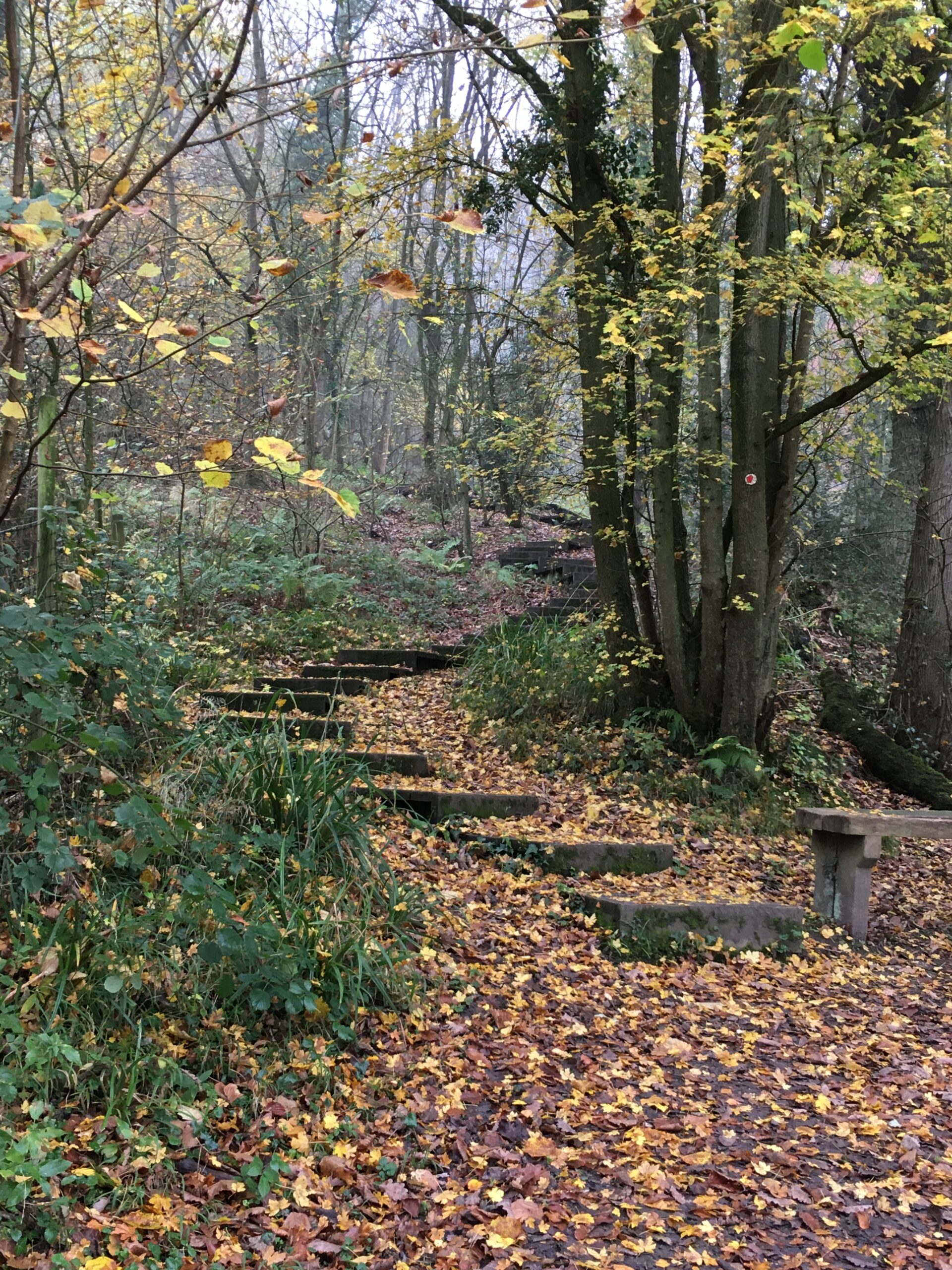Slow Knowing Deep Learning
for Health-Justice
Just Nutrition
Live zoom session https://us02web.zoom.us/j/864197039833.30pm – 5pm UK time Meeting ID: 864 1970 3983 Passcode: 113544
Activity One
Realistic Fitness
I know it says ‘Just Nutrition’ but I’ve included fitness in response to Guy’s query. The principles are the same, so it applies to nutrition teaching too.
I copied three activities on fitness from the (old) in-person Well Now course. (I’ve made this different online). These activities on fitness/fair world/feel good factors are a selection taken from the same 2 hour lesson.
The Well Now course is designed for working with groups. The underpinning (pedagogical) values in group work and 1:1 work are the same, which means the way we are present as a teacher is different, because the work is shaped by relational dynamics, not a pre-determined agenda.
While you are reading through I hope you can sense all the space created for story!!
Here’s notes from the Background Reading for Well Now course facilitators booklet (2020, in person version of Well Now course)
Lesson 6 Fitness, Feel Good and Fair World Factors
Exercise 1 Realistic Fitness
Rationale
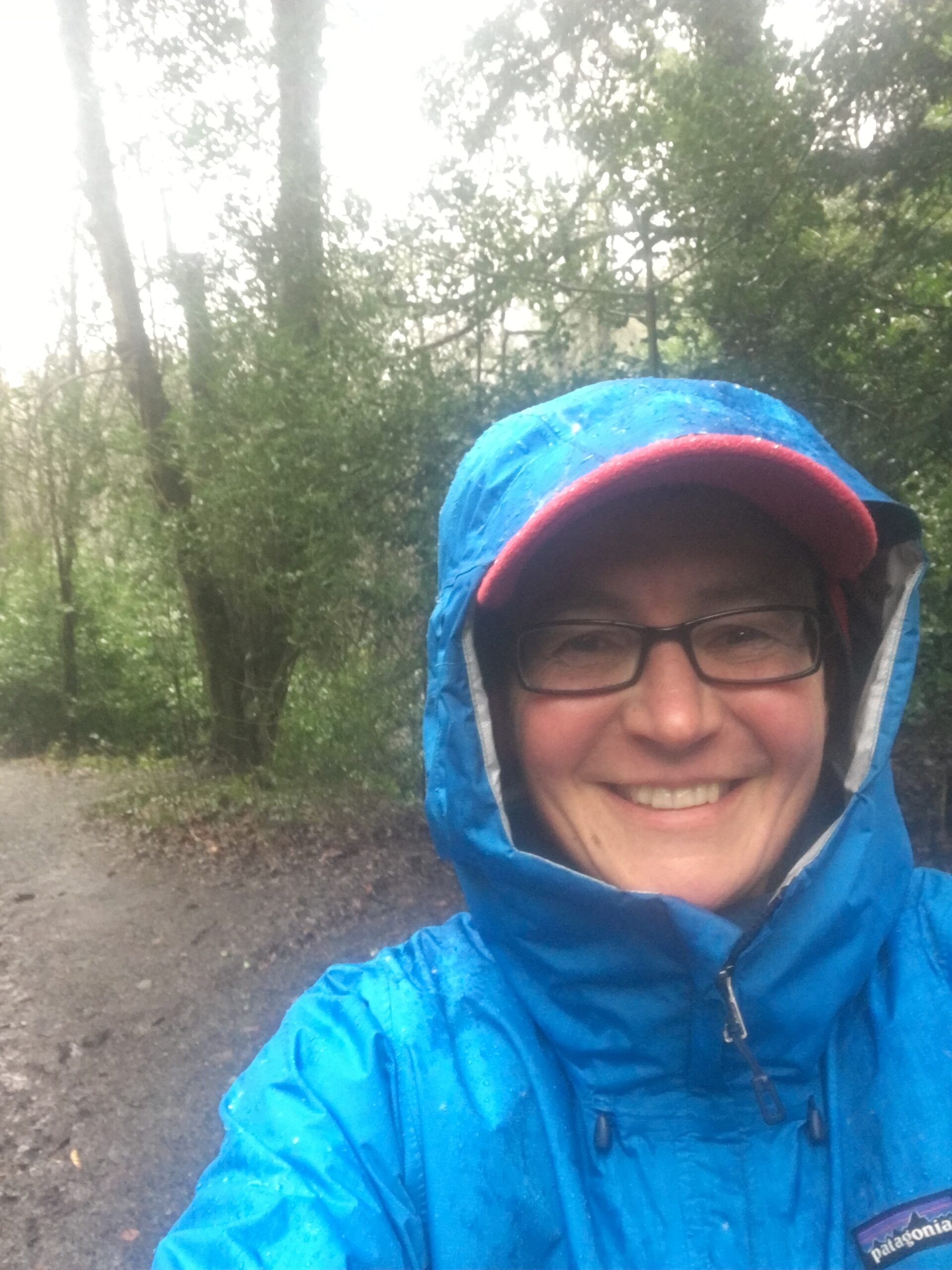
To encourage dialogue that expands conventional views of what constitutes personal health; to discuss understandings of physical activity and introduce the ideas of realistic fitness and body awareness or “minding the body”; to contextualize ‘fitness’ and
personal health within an understanding of the fact that wider social factors interactant to influence our wellbeing and quality of life; to explore concepts of status syndrome, social capital, social determinants (interactants) of health, reductionism and healthism.
Introduction
Welcome back! Has anyone got any feedback? Did anyone try xxx in the week?
This week’s session looks at ‘health in the round’. It starts with discussing a Well Now approach to fitness and then moves to considering other ‘feel good factors’ and the wider web of wellbeing (and disease).
Would a Well Now approach to fitness be any different than a diet mentality approach? We’re going to kick off by exploring what we actually mean when we say fitness and then relate this to Well Now.
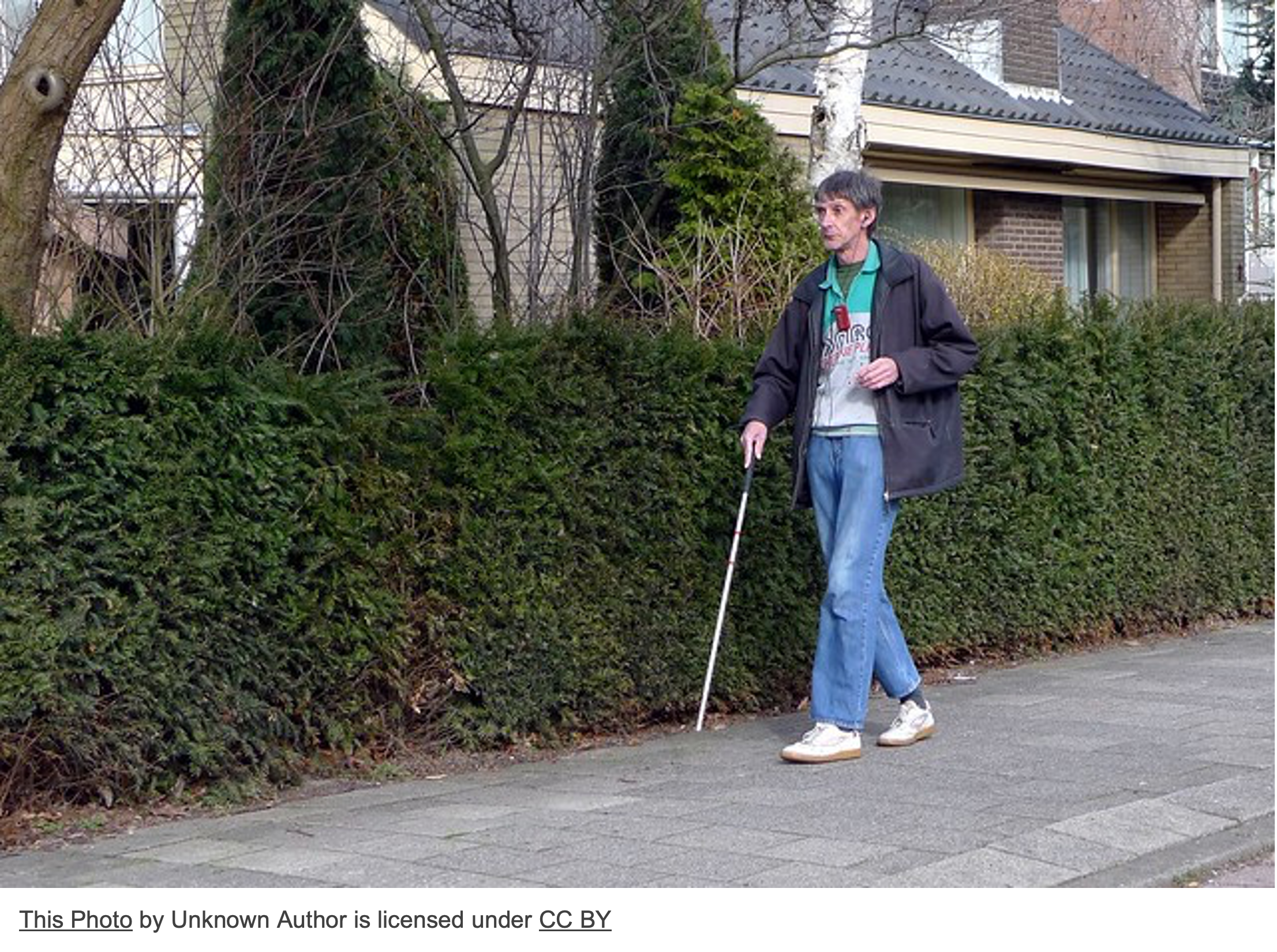 Lesson
Lesson
Divide people into small groups and give each group a page of flip chart paper. Ask them to answer the question – What are the components of ‘fitness’? What do we mean when we say we want to get fit?
Process questions
➢ what body systems and processes does being active effect
➢ how does it feel to be ‘fit’
➢ what is the physical impact/benefit of different sorts of activity eg. walking, gardening, yoga.
➢ what are the wider impacts/benefits?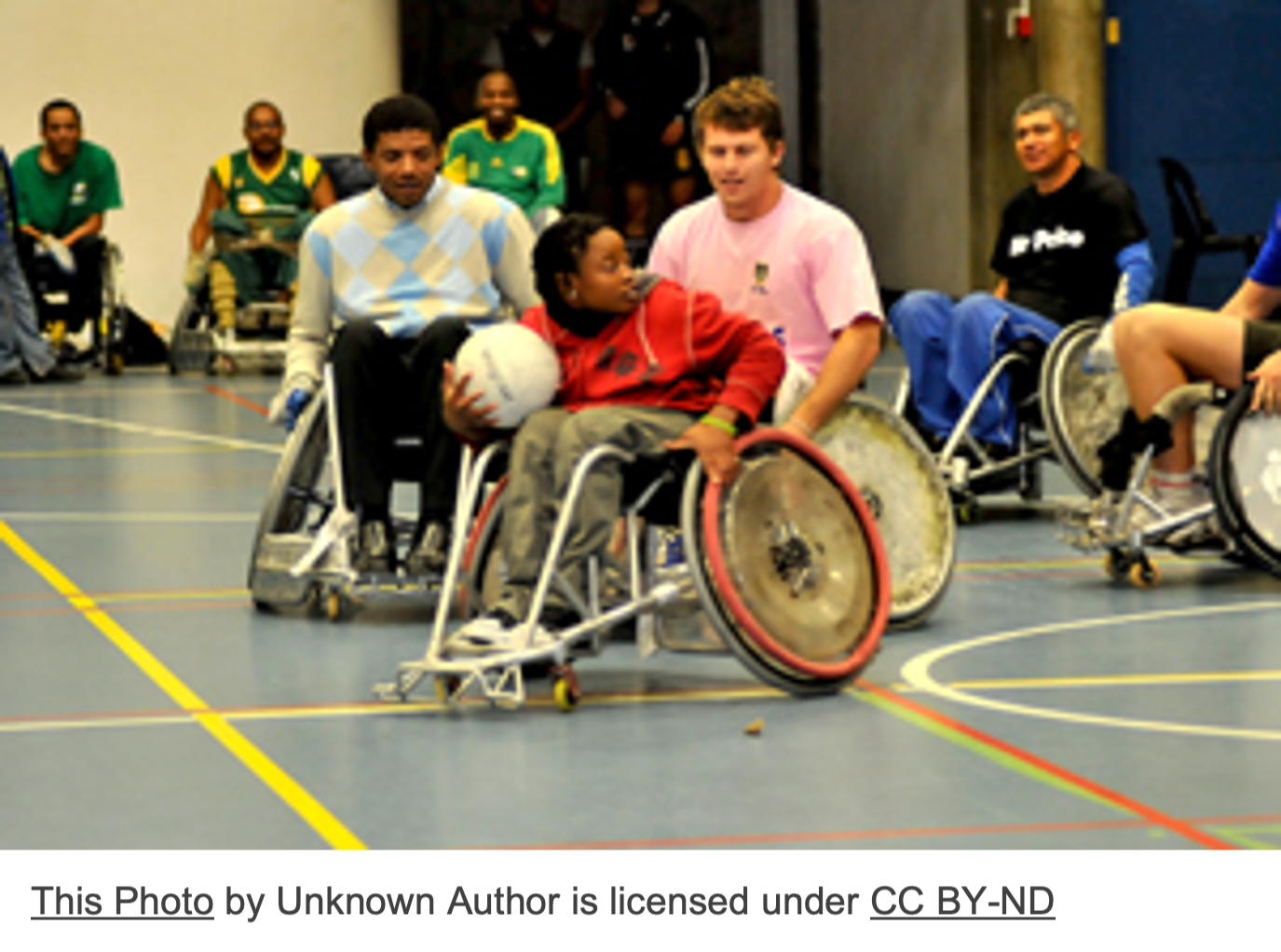
Discussion
Ask each group to feedback and write a list on the flip chart (on a body silhouette if you like) Introduce the idea of Realistic Fitness i.e. a way of thinking about fitness so it becomes manageable and meaningful and people are moved to move, stretch, lift, push, be still etc. as they can when they can. It approaches fitness and movement as things that support people in taking time to meet their own needs for activity/fresh air/escape/fun. It comes from and creates the impulse to move as a way of looking after ourselves, and helps us recognise and let go of the misplaced ‘shoulds’ that make ‘fitness’ a moral imperative, in our own thinking and broader messages.
|
How would you answer someone who asks about the Well Now view of using a pedometer? |
Exercise 2:
Now ask each group to come up with definition of fitness that applies to everyone, from someone who regularly runs 40 miles a week to someone with arthritis for whom walking can be difficult. Ask the group to act out the key elements of their definition.
Key elements are that it would include enjoying a range of activities that impact on core aspects of fitness listed previously suc h that it helps someone optimise their quality of life and enhance their physical, mental, spiritual and social wellbeing within their own capacities at any given time and place.
h that it helps someone optimise their quality of life and enhance their physical, mental, spiritual and social wellbeing within their own capacities at any given time and place.
For some people it is helpful for them to think of ‘active living’. This is where they are as active as is practical in their everyday schedule. This could be through walking meetings, walking or jogging instead of sitting in the car while waiting for children, a walk after lunch, chair yoga, dancing to the radio. This is explored in more detail in another module.
Emphasize the importance of someone checking in with themselves for information on how things feel and what works. Sure, consult trained professional too for advice, conversation, friendly safe support, structure, and so on, but they won’t know if you’re coming down with a cold and feeling unusually tired one day – only you will, and it matters that you take this into account.
A really key point to make is that Well Now works to promote circumstances where everyone has the opportunity for enjoyable activity via a culture of respect and compassion leading to a sense of agency (safety, confidence etc) and real-life access (cost, disability justice, fat inclusive etc). This tackles the current situation where public health messages are often healthist, leading to moral obligation, shame, bias, privilege, health injustice.
Wrap Up
Draw out the Well Now theme of understanding of self-care as what is right for the individual at that time, listening to our body and taking note of our circumstances, and remembering wider context. Recap names for any theory as/if appropriate.
Activity Two
Exercise 5 – Thinking about physical activity in context (relationally)
Rationale
To help people keep hold of the hallmark concept of Well Now as relational when thinking about fitness.
Goal
- To explore the difference context makes on physical activity.
- To inter-link context and individual differences
- . . . and so strengthen understanding of the ways relationships impact needs, possibilities, and wellbeing.
Materials: print out of walking sheet handout per group (image in excerpt, selection of different people walking in a range of different situations – needs a hiking group!)
Introduction
Remember when we looked at food and found that people’s social environment influenced how nutrients were used by the body – as with the children in the orphanages? It’s the same with this activity.
Exercise
Divide people into small groups. Hand out the sheet of pictures of people walking. Ask the groups to discuss what they think the benefits/experience of walking are for the people shown (repeat proviso about stereotyping). Do they think there is any difference in benefits/experience? Why? In what ways?
If people need prompts ask –
➢ is there a difference in benefit from walking alone compared to walking with a group of friends? does companionship influence wellbeing?
➢ are there possible differences on impact from walking in a shopping centre to walking round (name a local park)? Is this the same for everyone?
➢ what about any impact of companionship, solitude, safety, access, green spaces?
Discussion
Ask for feedback and use this to base the discussion around.
Generally the benefits lie in favour of green spaces over the built environment, so walking in a park brings greater physiological changes than window shopping– but of course it would be a different story for if having benches around a shopping mall enables someone with poor mobility to get out of the house and go for a walk. And also, if you love window shopping and there’s no way you’re going to get the bus to the hills – then clearly you’re going to get a lot more benefit from window shopping than you’ll ever get from (never) walking outdoors.
Again, there are benefits from companionship, and also from a sense of chosen group belonging. So too, if what you’re after is solitude and a chance to be quiet in the wild, then you’re going to avoid a walking group.
Remember to make room for the flip side too – how not all groups are welcoming of all people, and how narratives and practices that exclude, shame, trigger are harmful.
What helps is – a fair world – and within this what’s right for any one person at the moment, and generalizations can act as a guide – such as ‘most people feel better for walking’ – but never as a prescription for living or wellbeing.
Also, point out how the Well Now lesson plans reflect a particular culture. For example, there are many cultures where the idea of ‘going for a walk’ would seem odd. People might do plenty of walking in their daily life but baulk at the suggestion of walking for the sake of walking. What views does the group have on walking and physical activity more generally?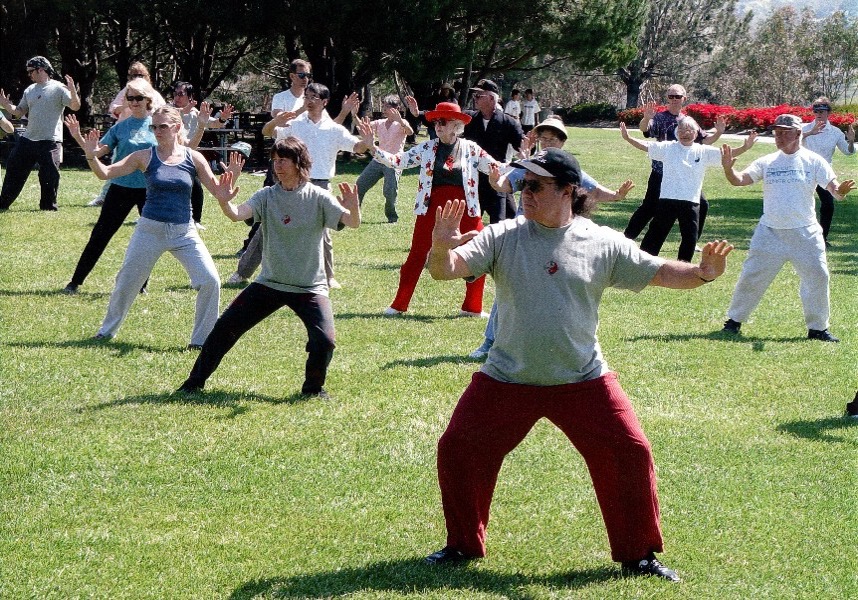
(It can cause confusion in some circles locally too, running friends in rural farming communities say their family and neighbours can’t get their head around why anyone would go for a run, and how when they started running they were often offered a lift home!)
Wrap Up
As with everything else we’ve looked at so far – context matters. Remember when we looked at food and found that people’s social environment influenced how nutrients were used by the body – as with the children in the orphanages? And now we’ve just seen how relationality impacts wellbeing regarding activity.
Next thing is we’re going to get a feel for answers to the question : what else helps?
SDKL pointer – you could use the 4Ps, conversation often turns to sports wear for fat people, also physicality of fatness eg chub rub. Being able to talk about these in a matter-of-fact way that empathically responds to the various challenges/stigmas they arise from helps undo shame, always a great move IMO!
Activity Three
Exercise 6 Feel Good and Fair World Factors
Rationale
Having dignified access to a range of meals we enjoy, plus feeling relaxed about eating, together with self-compassion, body respect, and being active all interact to impact our wellbeing. There are other ‘feel good factors’ to bear in mind that also influence our (mental/physical/social/emotional etc) wellbeing.
Goal
- To look beyond traditional idea of ‘lifestyle behaviours’ to explore other factors that impact how we feel/ personal and public wellbeing.
Introduction
We’ve looked at being active and getting out in the fresh air as things that help many of us ‘feel good’. Perhaps by rethinking being active in this way, not ‘I should xyz’ but ‘ what can I do that I’ll feel better for right now’ will help you if you’ve always struggled to be more active even though it’s something you’ve really wanted to do. Exercise becomes a feel good factor not a chore!
We’ve just seen how some of the wellbeing quotient of activity comes from us enjoying ourselves, and having a sense of purpose and group belonging. What else is there, other than physical activity, that brings these benefits?
 What is another big theme that would fit into the ‘feel good factors’ that we haven’t mentioned yet? Prompt people so you cover a wide range of hobbies and interests/ volunteering/socialising/faith practices etc.
What is another big theme that would fit into the ‘feel good factors’ that we haven’t mentioned yet? Prompt people so you cover a wide range of hobbies and interests/ volunteering/socialising/faith practices etc.
Use the discussion on hobbies and interests to comment on ‘feel good factors’ :
➢ reciprocity (we feel better when we do something for others. This can be explained by western neuroscience and by global majority frameworks of inter-connection).
➢ spirituality
➢ sense of belonging (mention fat stigma and how it feels to be excluded from, or struggle with, activities targeted at the “general public” eg because of disablity, neurodivergence)
➢ trust
➢ purpose and meaning
➢ creativity … and other concepts that may be important to the group
Draw together examples you have used to explain social factors/social interactants of health personal/population/planetary health too, using the heading “fair world factors”, and make links between categories.
Discussion
Can anyone think of other dimensions of health or factors contributing to wellbeing or health in/justice that they would add to the discussion? Be ready to mention concepts that explain people’s story as appropriate eg classism, stigma, privilege.
Activity Four
Exploring Connected Eating
This is another excerpt from the Background Reading. I could say a lot more (believe it or not !!), but I am aiming to present the information in the most useful way.
Why Well Now doesn’t teach Mindful Eating or Intuitive Eating
Can you remember when you first came across the idea of intuitive eating, or a time when you’ve tried to explain it to someone? I’ve found that, at least in the UK, ‘mindful eating’ often conjures up pictures of people eating in very peaceful settings with no distractions, totally focused on their experience of the meal. Now, I don’t know about you, but I’d be pretty daunted if I thought that was where I aiming to be most of the time. Some folk do really appreciate the suggestion of taking ‘protected’ time out for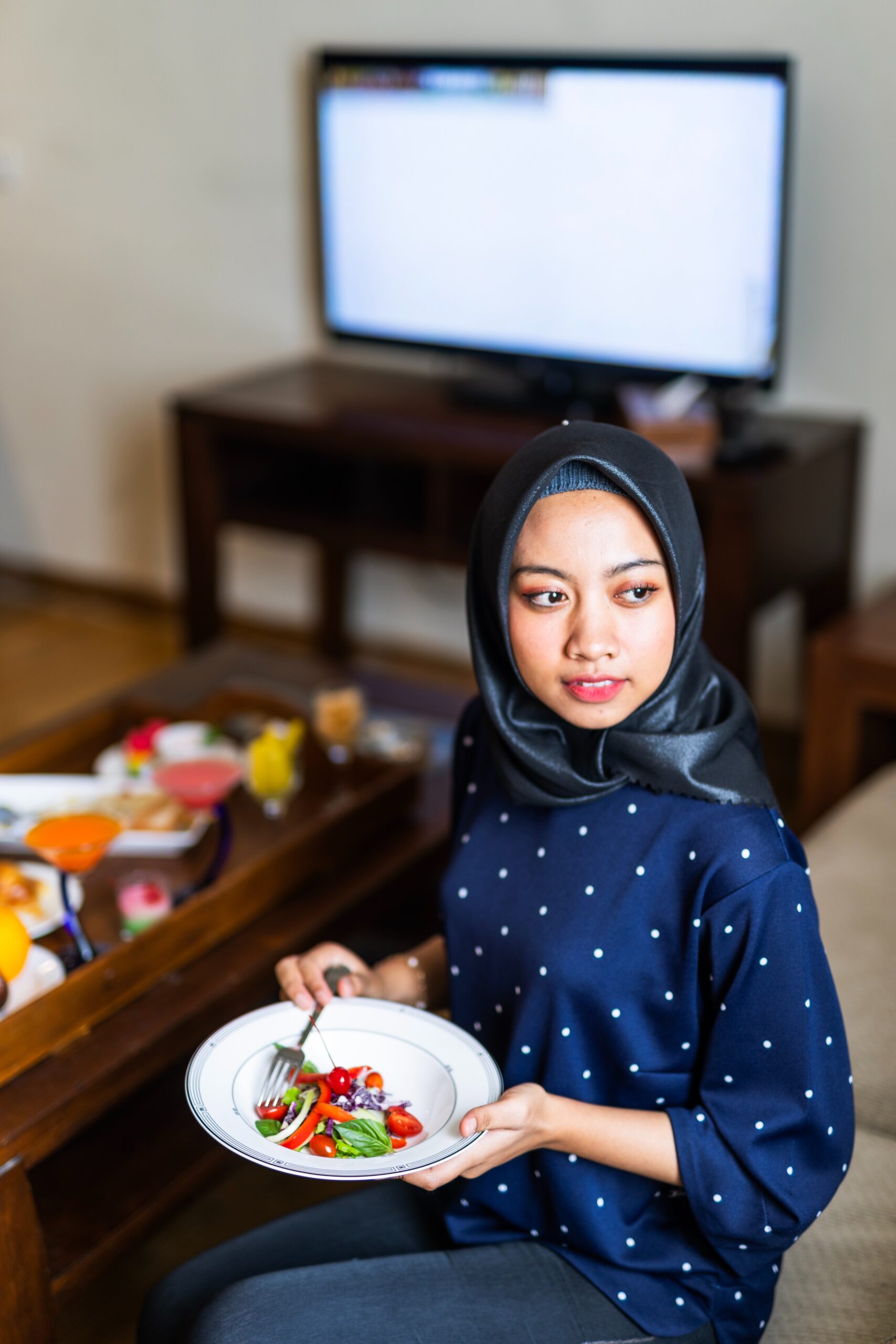 themselves to eat, setting the table, turning off the TV and so on, and may use this as a stepping stone to reconnect with their body so they’re more present when eating in a less structured environment in future. Or they may decide to continue to eat like this whenever possible. But for other people it’s not where they want to be, or it’s just not going to be possible most of the time. The term ‘intuitive eating’ seems to embrace the reliance on body signals whatever the environment more than does the term mindful eating, but it leaves out context. For example, I might eat a slice of a truly delicious birthday cake even though I’m full because of the social occasion. Would you consider this intuitive? Or, more pertinently, “does it help us explain what we mean by a nourishing relationship with food, and how to support people on the journey?”
themselves to eat, setting the table, turning off the TV and so on, and may use this as a stepping stone to reconnect with their body so they’re more present when eating in a less structured environment in future. Or they may decide to continue to eat like this whenever possible. But for other people it’s not where they want to be, or it’s just not going to be possible most of the time. The term ‘intuitive eating’ seems to embrace the reliance on body signals whatever the environment more than does the term mindful eating, but it leaves out context. For example, I might eat a slice of a truly delicious birthday cake even though I’m full because of the social occasion. Would you consider this intuitive? Or, more pertinently, “does it help us explain what we mean by a nourishing relationship with food, and how to support people on the journey?”
A big omission in terms of social change is that neither intuitive or mindful eating present body signals as socially constructed. This is because the underlying framework (ontology) for both is binary, rather than inter-connected.
To be clear, there is some cross-over in ideas between Connected Eating and intuitive/mindful eating but this doesn’t mean they are the same. Well Now includes body signals, and being mindful, but it rejects theories of mindful eating and intuitive eating. You can read more here https://medium.com/@lucy.aphramor/does-your-approach-to-treating-eating-disorders-aim-at-prison-abolition-d27e64fcef0d
Well Now teaches Kindful eating to help people break the distress-eat-judge-distress cycle.
Then it teaches Connected Eating. Connected Eating brings in body signals, nutrition information, personal know-how, values and circumstances. The aim is to help people understand their impulses and behaviours around eating, and link this understanding to other topics/experiences.
Activity Five
- what theory do you rely on in your practice helping people around eating/healthy relationship with food?
- write down some words that name key hallmarks of this approach
- then use some or all of these to write a definition
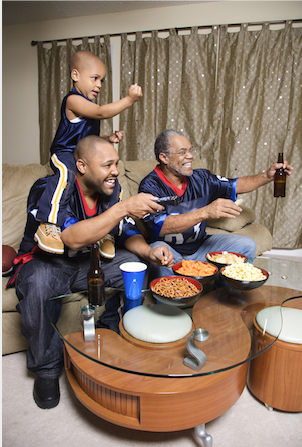
Are the people in the photo eating according to your definition?
If not, what – if anything – needs to change?
[Image used licence from Shutterstock]Activity Six
Red Herring Game
Step one, think of a terrible pun to hinge your teaching on . . .(A red herring is 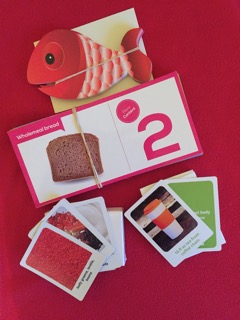 something said to throw people off the trail of what is really going on).
something said to throw people off the trail of what is really going on).
Here’s the notes for the Well Now Red Herring game, used to teach about omega-3s. It comes in the Well Now course in the lesson on fats.
You can see the pack of fish cards at the top of the photo.
Activity Seven
Resources
- Fat awesomeness from Cat Pause
- In case you haven’t seen this before here’s a video and Well Now GAMES and Doughnut teach-sheet . These two framings provide a light touch structure for making nutrition science personally meaningful. A key point is to start with the story/body/experience and work out to theory/science, not the other way round. Why? This means we reject the oppressive (white supremacy) practice of extracting knowledge and instead situate knowledge in a context – here, people, time and place.
